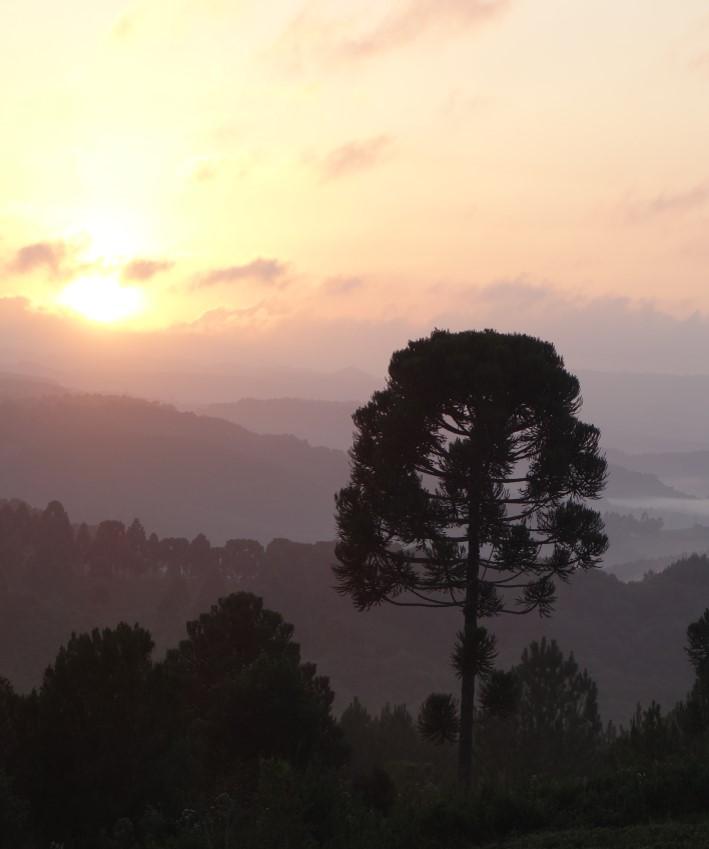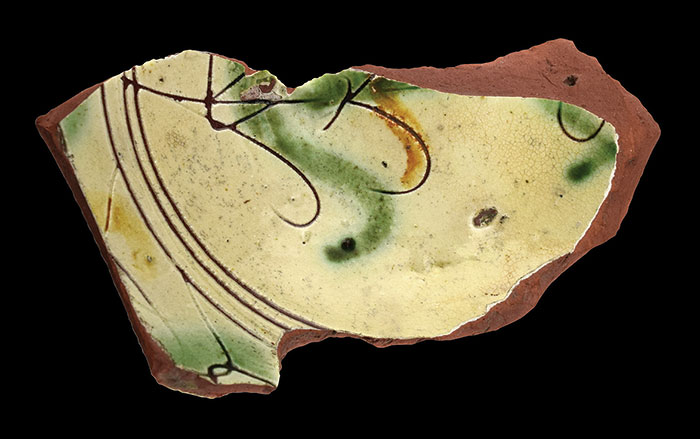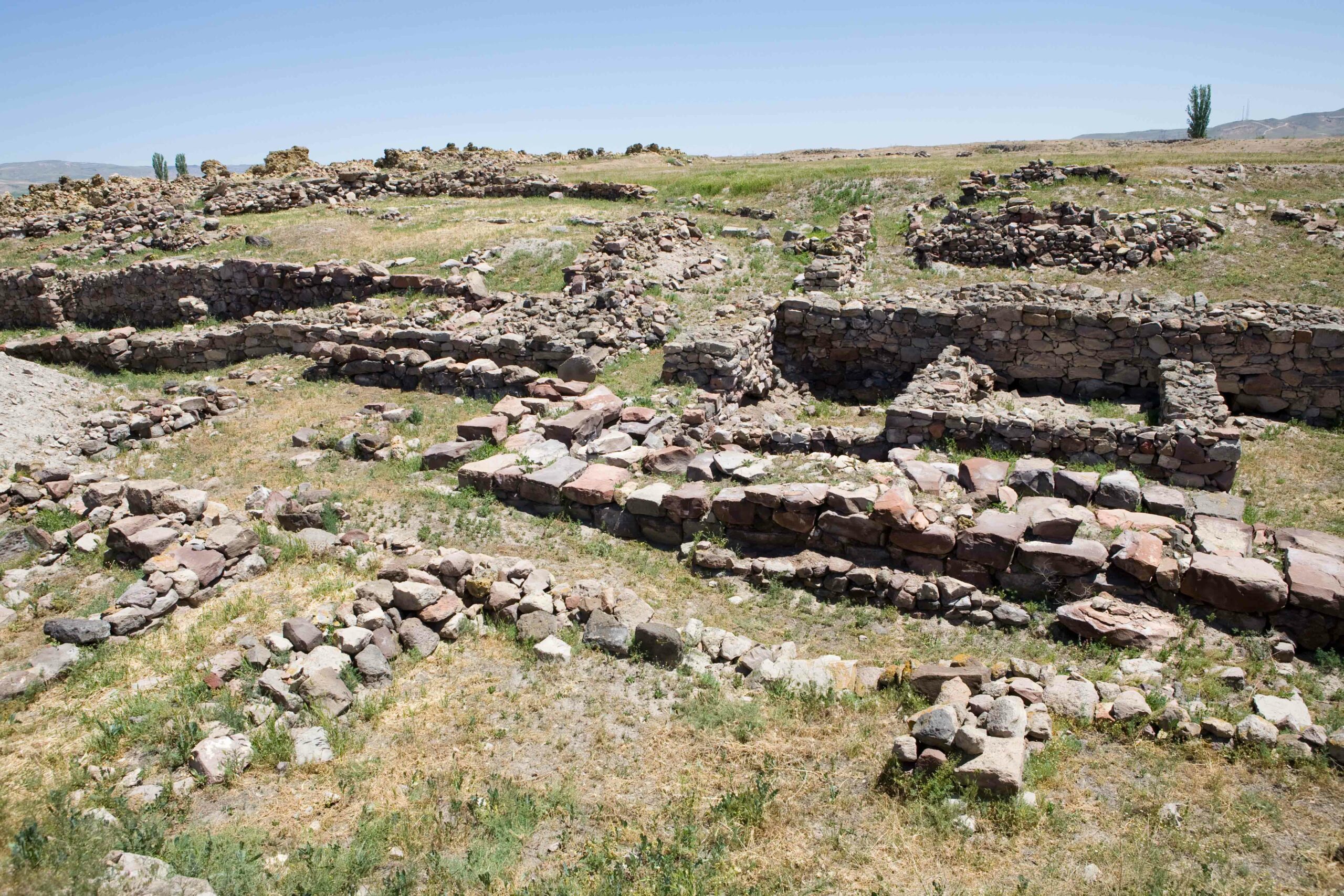
EXETER, ENGLAND—The Independent reports that South America’s forests of Araucaria, or monkey puzzle trees, naturally grow on south-facing slopes, but are found everywhere in areas where archaeological sites are found. Mark Robinson of the University of Exeter and his colleagues measured levels of different forms of carbon in soil samples, concluding that many of today’s forests could have been planted by Southern Jê communities for their timber, fuel, food, and resin. The study indicates that the number of trees expanded between 4,480 and 3,200 years ago, when the region covered by Chile, Brazil, and Argentina experienced an increase in moisture, and again some 800 years ago, when conditions were drier, but when the population of the Southern Jê grew as well. Robinson thinks the communities may have modified the soil of the grasslands where they lived, protected seedlings, or even planted trees to establish the forests in places where they otherwise would not have flourished. He added that five of the 19 species of monkey puzzle trees are currently endangered by the practice of logging and encroaching farmland. For more on the relationship between people and the landscape, go to “Letter From California: The Ancient Ecology of Fire.”










